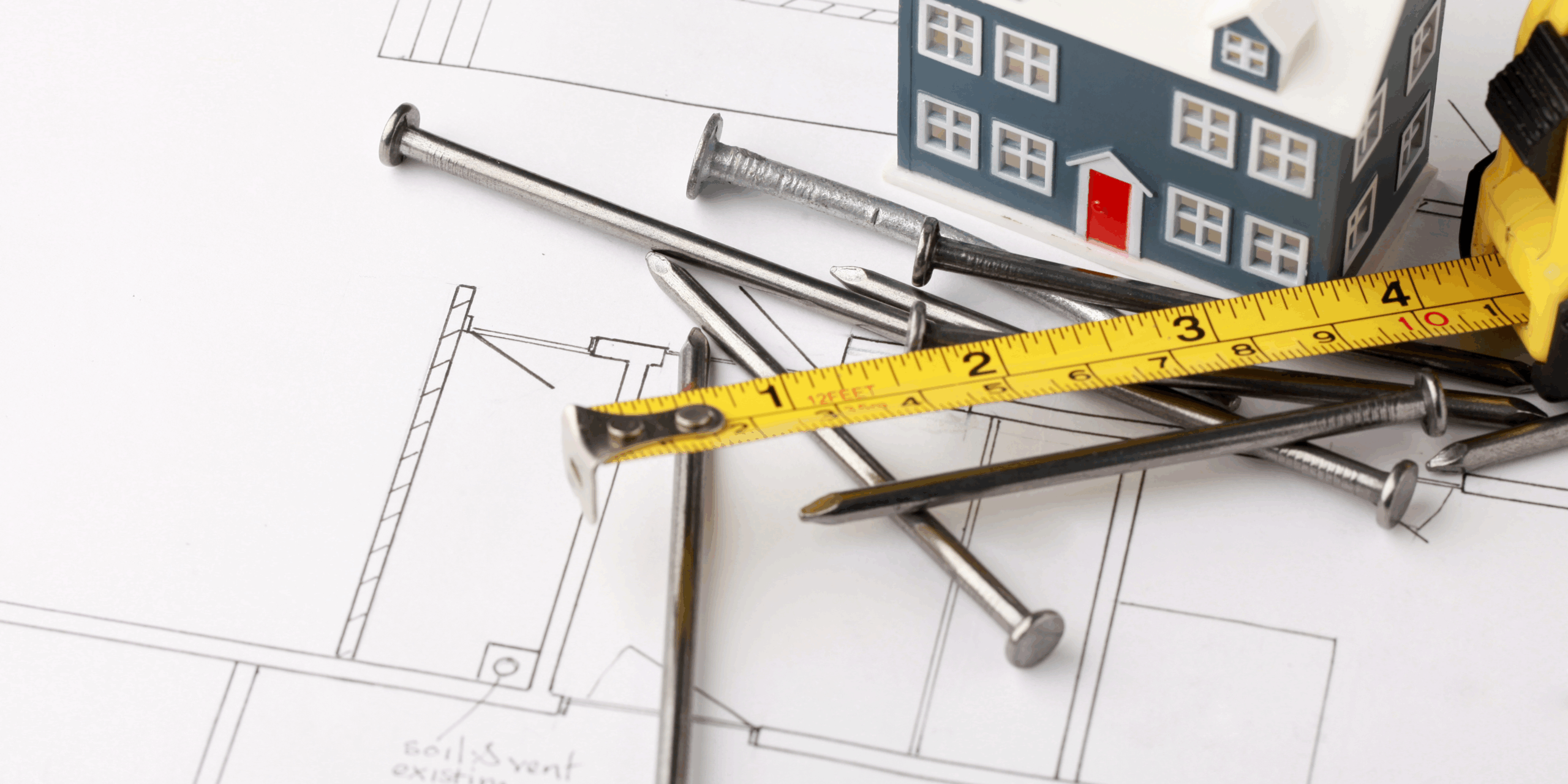
In the face of an unstable economy, those in the construction industry must understand the implications of an owner, general contractor, or subcontractor filing for bankruptcy and take the appropriate action to ensure a significantly reduced risk. The first step in protecting your interests is to obtain general knowledge of a creditor’s rights and remedies once a debtor files for bankruptcy.
Generally, bankruptcy is a structured process in which a debtor can obtain relief from hounding creditors, and creditors can obtain a distribution of a debtor’s liquid assets. It is governed by federal law, and the two chapters that are most commonly found in the construction industry are Chapter 7 liquidation and Chapter 11 reorganization.
Within a chapter 7 bankruptcy, the key word to remember is liquidation. This means that the company will liquidate their assets and close down. The debtor must deliver all property to the bankruptcy trustee. It is the trustee’s responsibility to liquidate all non-exempt property for the benefit of the creditors. Secured creditors are given top priority and general unsecured creditors are at the bottom of the hierarchy of the creditors.
In a Chapter 11 bankruptcy, the debtor continues to operate a business under the supervision of a bankruptcy court and remains in possession of its assets and business. The business then reorganizes its debts with the supervision of the court. After the debtor files a bankruptcy petition, the debtor then files a plan of reorganization, which must be approved by the bankruptcy court. A committee of creditors will have an opportunity to object to the plan or file its own plan of reorganization. Ultimately, if a plan is not approved, the bankruptcy court has the authority to convert the case to a Chapter 7 liquidation and can proceed to liquidate the non-exempt assets and distribute the proceeds to the creditors. A creditor must file a proof of claim to participate in any distribution. However, if a plan is approved, it supersedes any previous contract between the debtor and its creditors.
The filing of a bankruptcy petition under any chapter imposes the automatic stay provisions of the Bankruptcy Code. Under the automatic stay, all lawsuits, collection efforts, and foreclosure actions must stop and any action to satisfy a claim must follow the guidelines established by the Bankruptcy Code.
Overall, what should you do if an owner, general contractor, or subcontractor owes you money and files for bankruptcy? The answer is simple: stop collection efforts and consult with an experienced attorney immediately. Significant problems arise once a party to a construction contract files for bankruptcy and creditors risk losing their right to payment. It is also important to note that contract clauses that provide automatic termination in the event of a bankruptcy filing are generally unenforceable.
Bankruptcy within the construction context can pose unique challenges. Deadlines for claims are strict and failure to meet them can jeopardize your rights as a creditor. For these reasons, when a party to an ongoing construction project becomes insolvent and you anticipate a bankruptcy filing, you should consult an attorney promptly.
This article is intended as a general educational overview of the subject matter and is not intended to be a comprehensive survey of recent jurisprudence, nor a substitute for legal advice for a specific legal matter. If you have a legal issue, please consult an attorney.
Karalynn Cromeens is the Owner and Managing Partner of The Cromeens Law Firm, PLLC, with over 17 years of experience in construction, real estate, and business law. A published author and passionate advocate for contractors, she has dedicated her career to protecting the businesses her clients have built. Karalynn is on a mission to educate subcontractors on their legal rights, which inspired her books Quit Getting Screwed and Quit Getting Stiffed, as well as her podcast and The Subcontractor Institute.

